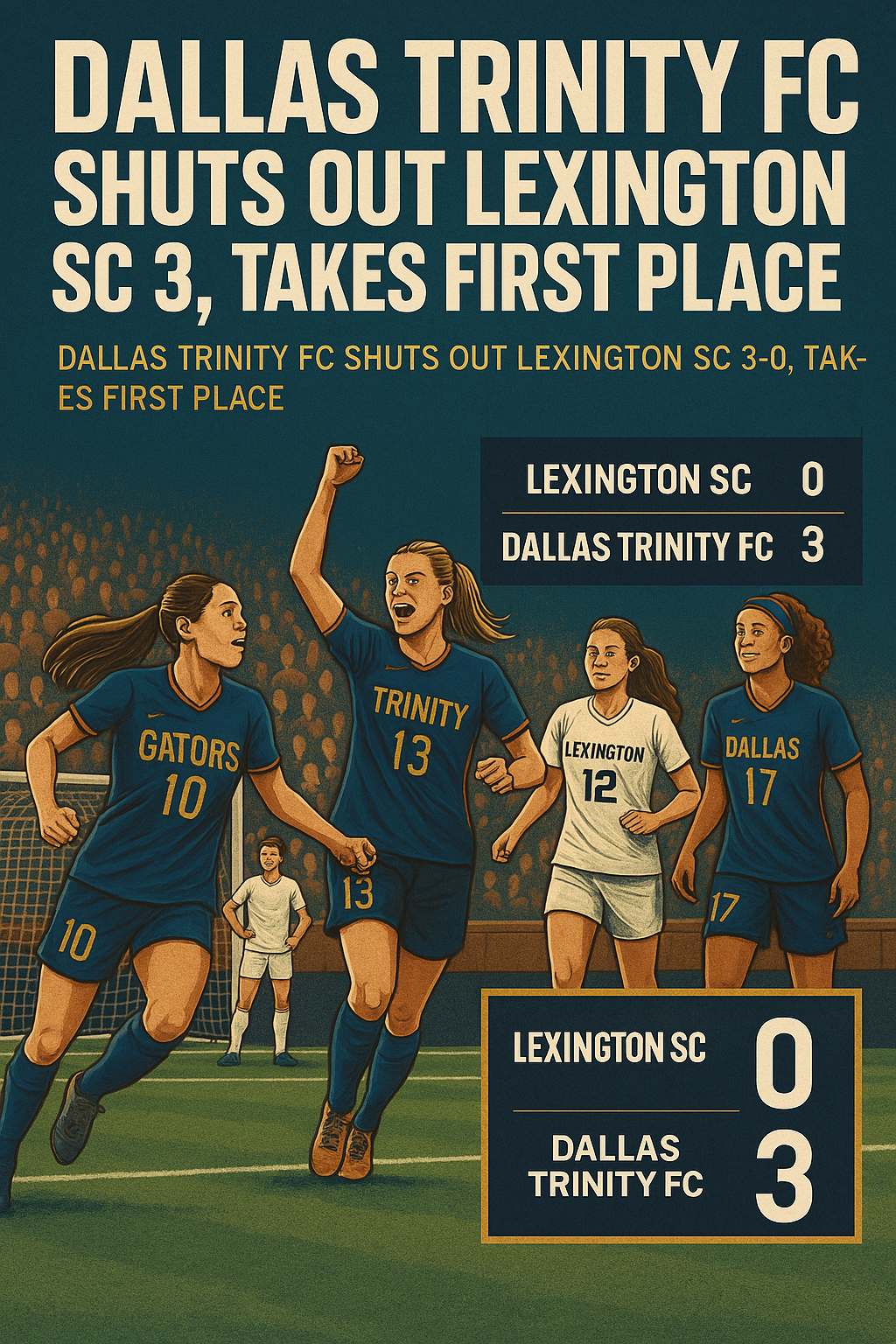UNLV Reconsiders Mountain West Commitment Amid Utah State’s Departure to Pac-12
As conference realignments continue to shake up college sports, UNLV is now reconsidering its commitment to the Mountain West following Utah State’s decision to join the Pac-12. Initially, UNLV had agreed to remain with the Mountain West, but the exit of Utah State has led the Rebels to explore other options, leaving the Mountain West in a state of flux and adding further complexity to the ongoing college sports reshuffling.
UNLV’s Dilemma
UNLV’s decision to reconsider comes after Utah State announced its departure to the Pac-12, putting the Mountain West’s stability into question. Originally, UNLV had agreed to a memorandum of understanding to stay with the Mountain West, contingent on all remaining schools committing to the league. However, with Utah State leaving, the conference is left with just six football-playing members, well below the NCAA’s requirement of eight schools to maintain its FBS status. The loss of such a critical member only deepens the uncertainty surrounding the Mountain West’s future.
The Mountain West had offered significant financial incentives to both UNLV and Air Force to keep them in the conference. These incentives included substantial payouts from media rights revenue, which the league had secured from exit fees of departing schools. Despite this offer, UNLV’s decision to pause and explore its options leaves the Mountain West in a precarious position, as it scrambles to secure commitments from other schools to meet the NCAA’s requirements. For UNLV, the chance to join a revived Pac-12 could present a more lucrative opportunity, though it comes with its own set of risks.
The Pac-12’s Revival and Ongoing Expansion
The Pac-12’s expansion efforts have been a lifeline for the storied conference, which was once one of college sports' most prestigious leagues. Following the exodus of several key members, including USC and UCLA, the Pac-12 has been working to rebuild itself with new members. Utah State’s decision to join is part of a larger effort to secure at least eight members by 2026 to maintain its status as an FBS conference. The Pac-12 still needs to bring in more schools to meet that threshold, and securing schools like UNLV could play a key role in its recovery.
UNLV is now reconsidering its options, and talks between the school and the Pac-12 have reignited. However, the Pac-12’s future revenue projections remain unclear, as the conference has yet to secure a media deal following its reformation. While the potential for new revenue streams exists, the lack of a concrete media deal may make some schools hesitant to join. Yet, with the allure of returning to a Power Five conference, UNLV may be willing to take the risk if the Pac-12 can offer long-term stability.
Mountain West Faces Uncertainty
With the loss of Utah State and UNLV reconsidering its position, the Mountain West is left with only six football-playing members for the 2026 season. The conference is now in a race to secure at least two additional schools to maintain its FBS status by 2028. Financially, the Mountain West had been relying on revenue from media rights and exit fees from departing schools to remain competitive, but its future remains uncertain as schools like UNLV weigh their options. The conference’s diminished standing could lead to further exits if it cannot solidify its base.
UNLV originally committed to return to its conference but now has second thoughts with the departure of Utah State. The mass departures from the Mountain West is just the beginning of a domino effect of schools searching for better media deals or where they feel the grass is greener. Hats off to the Pac-12 commissioner for pushing the envelope in trying to revive the storied conference, even if it appears they will not be classified as a Power conference as they once held the keys to for decades. We are still sitting back, waiting to see if any of the ACC schools like FSU or Clemson will continue testing the waters or stay put.
With the prospect of better financial deals on the horizon, more schools may explore leaving their current conferences, creating further upheaval across the college sports landscape. The shifting balance of power between conferences is likely to continue, as schools seek out the best opportunities for exposure and revenue.
In the ever-changing landscape of college sports, these moves signal a pivotal moment for many conferences, and the outcome of these decisions will shape the future of college athletics for years to come. All eyes will be on the next moves from key players like the Pac-12 and Mountain West as the realignment saga unfolds.









